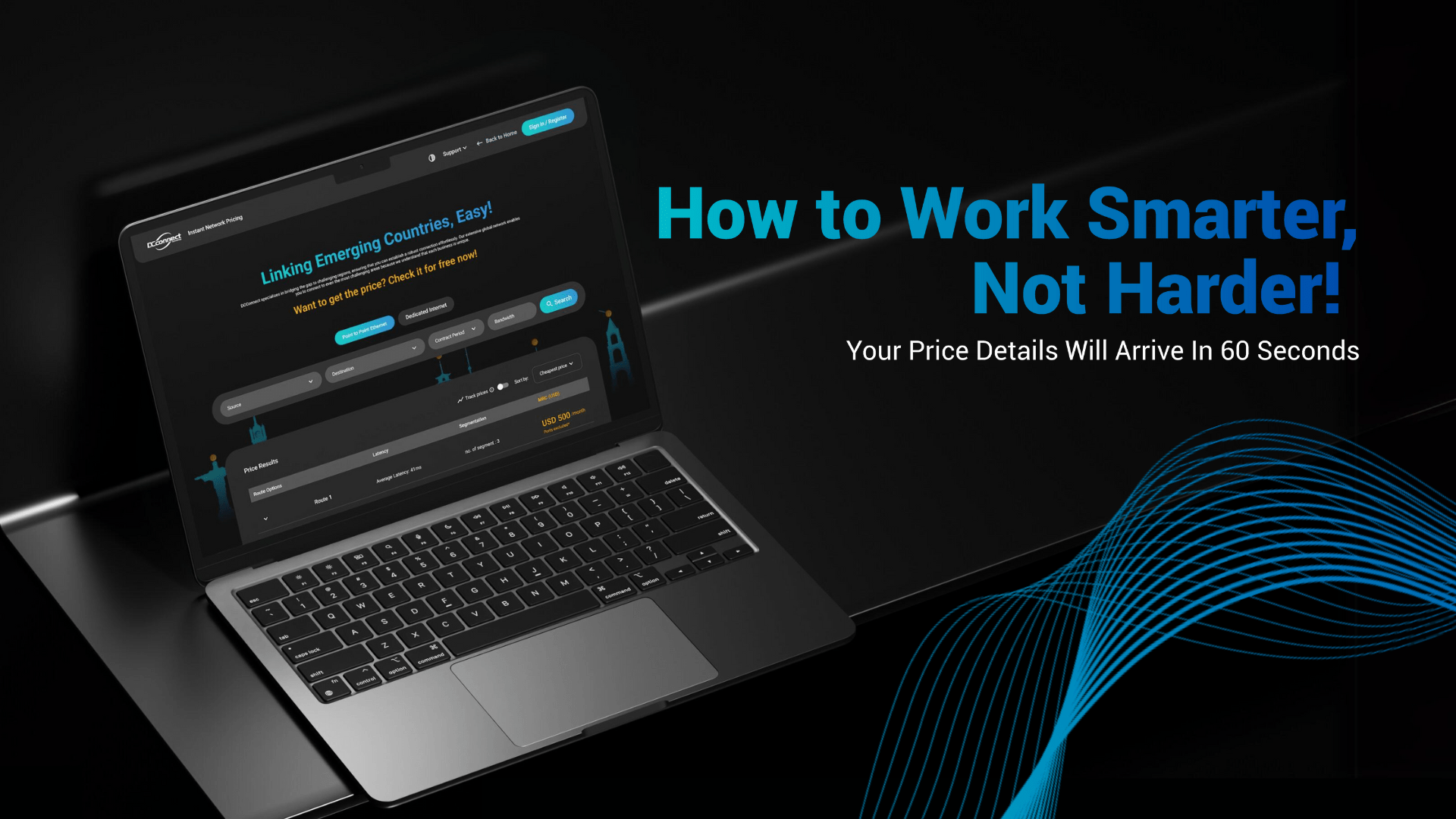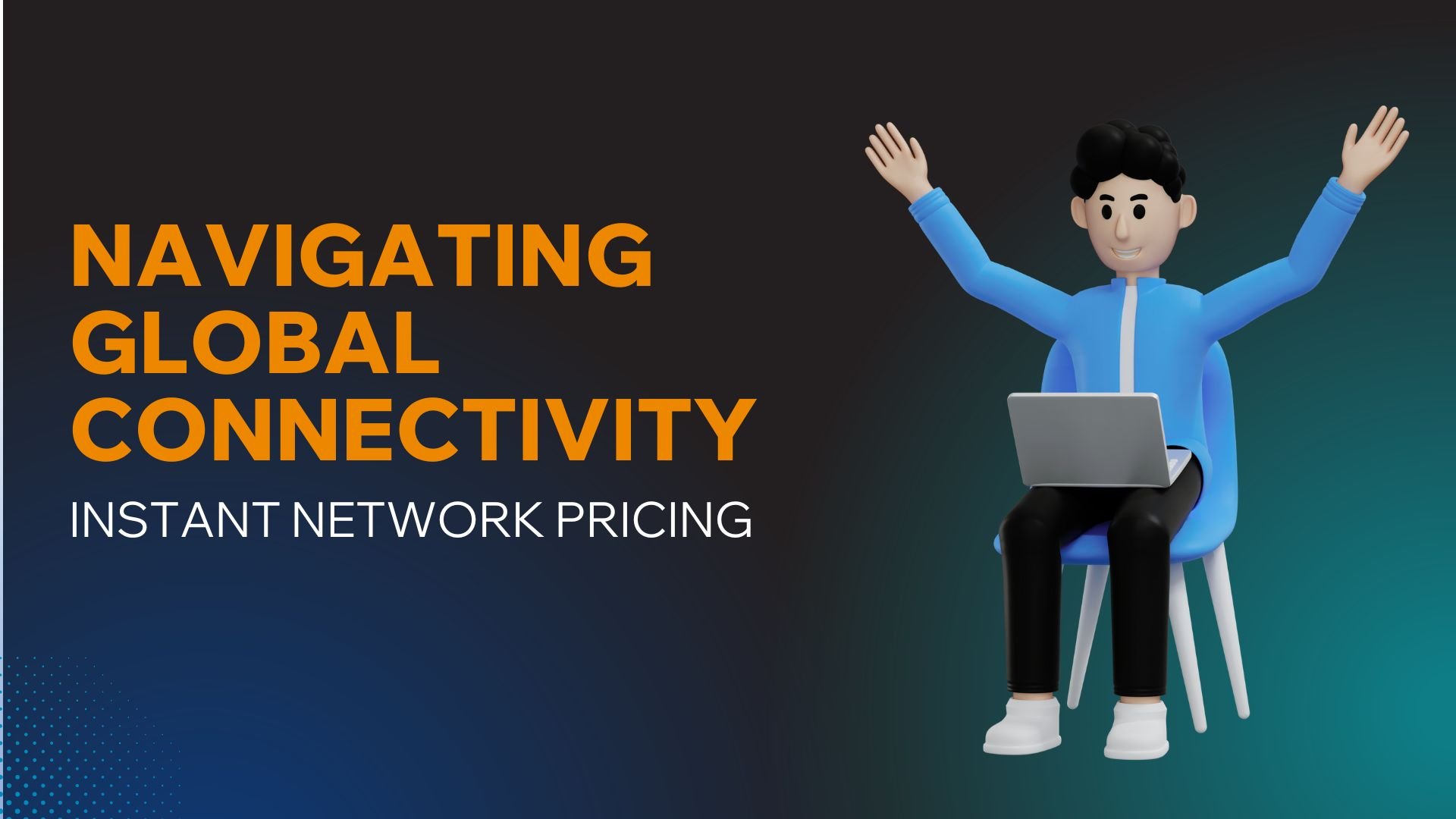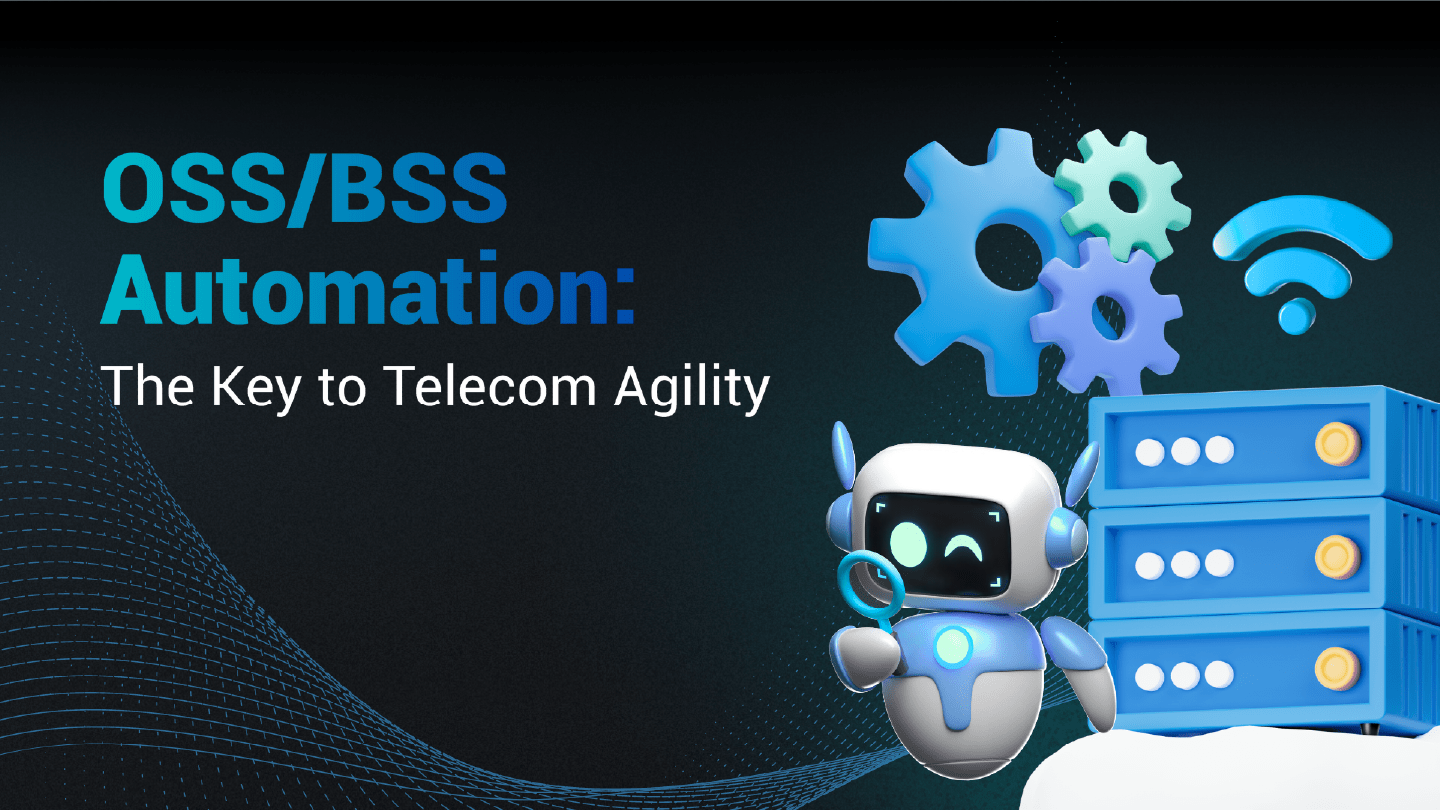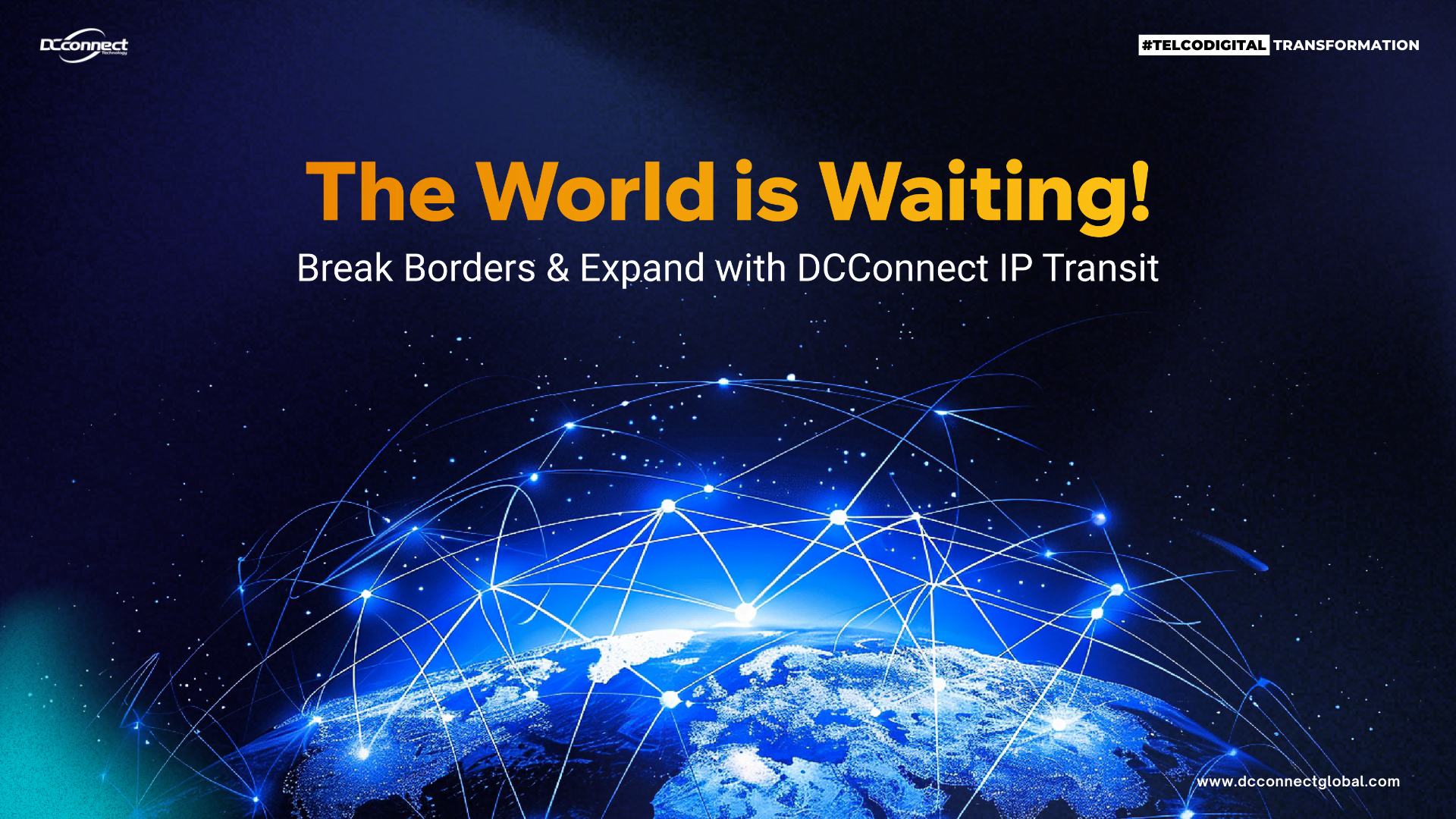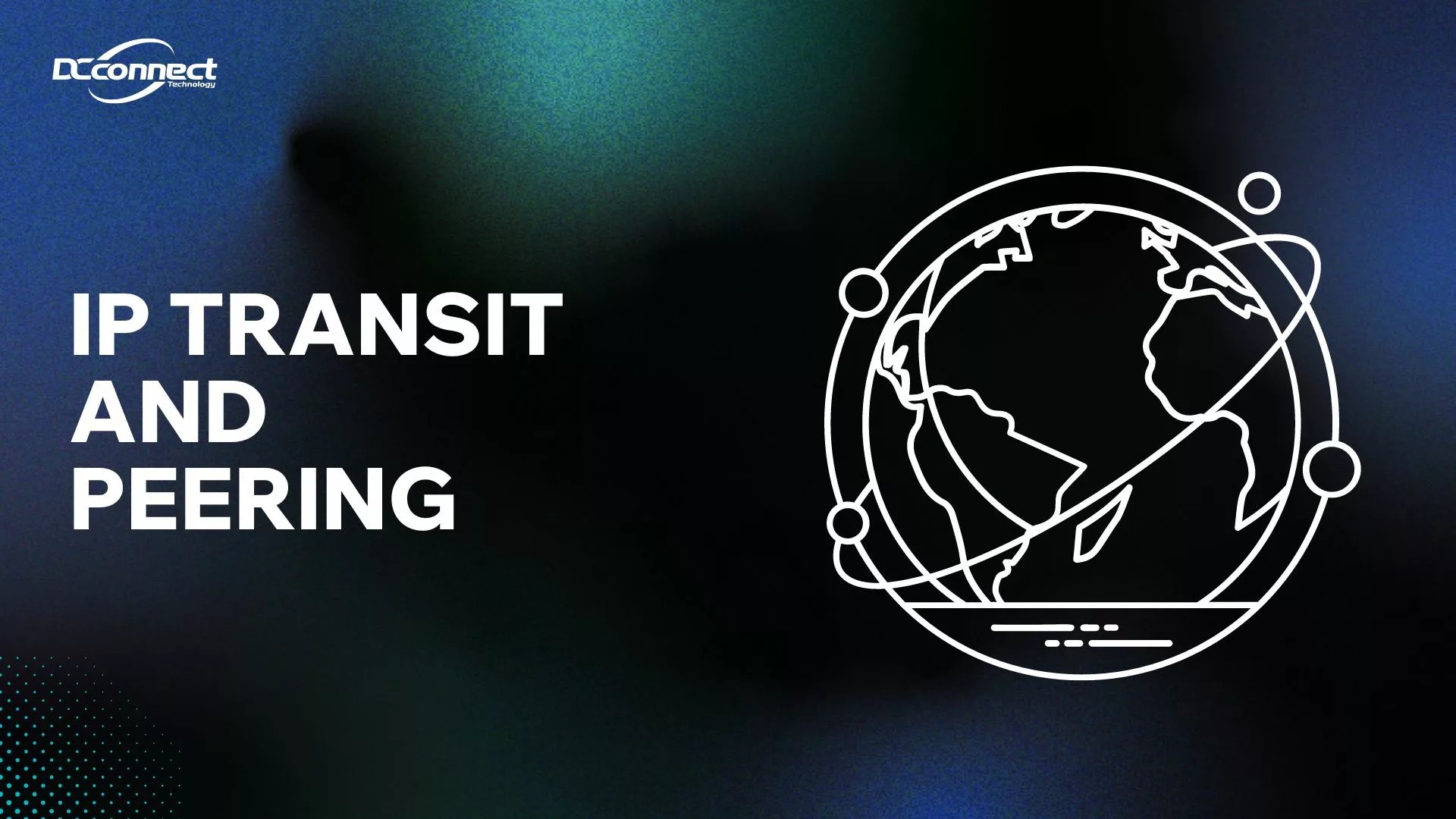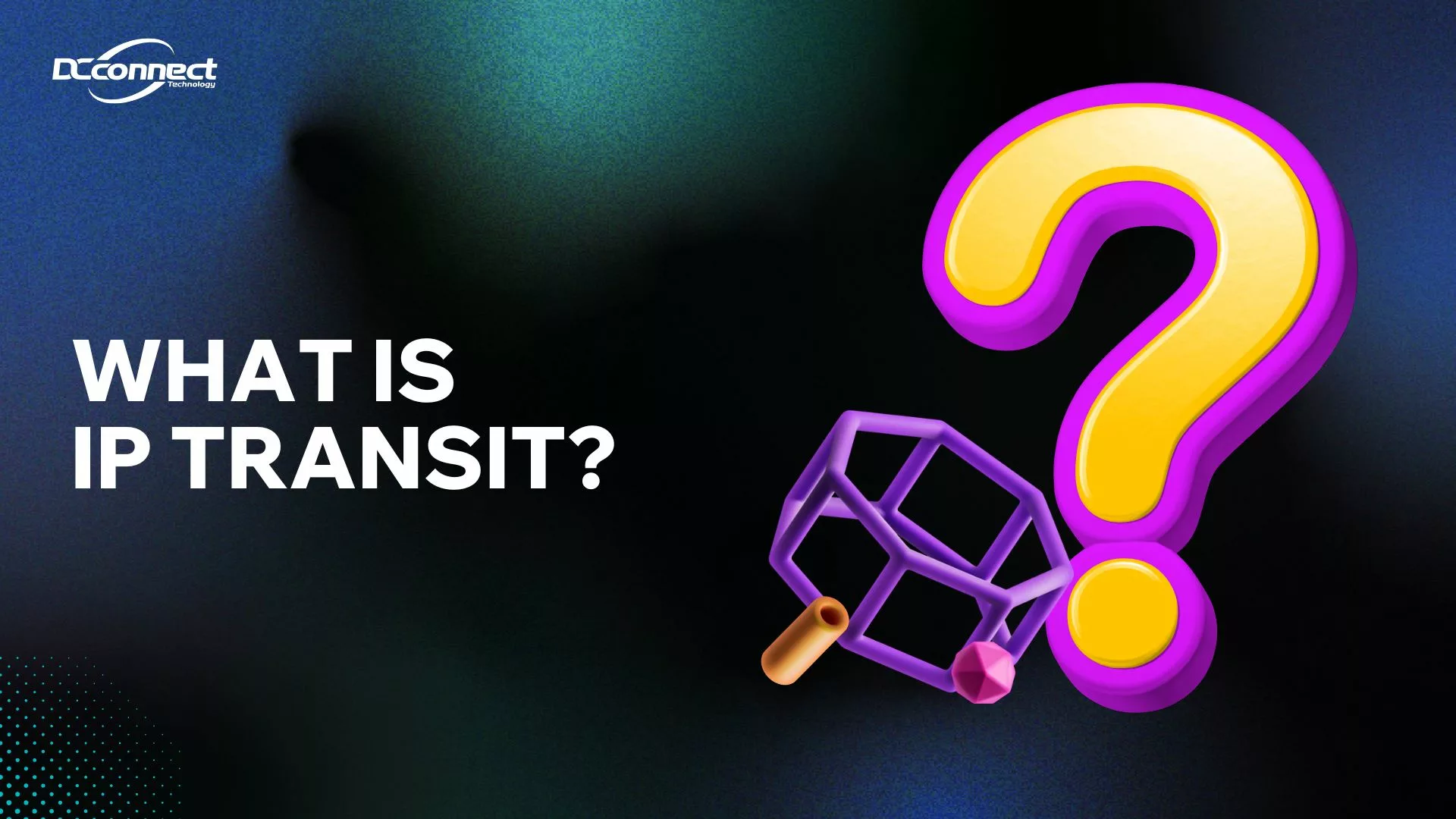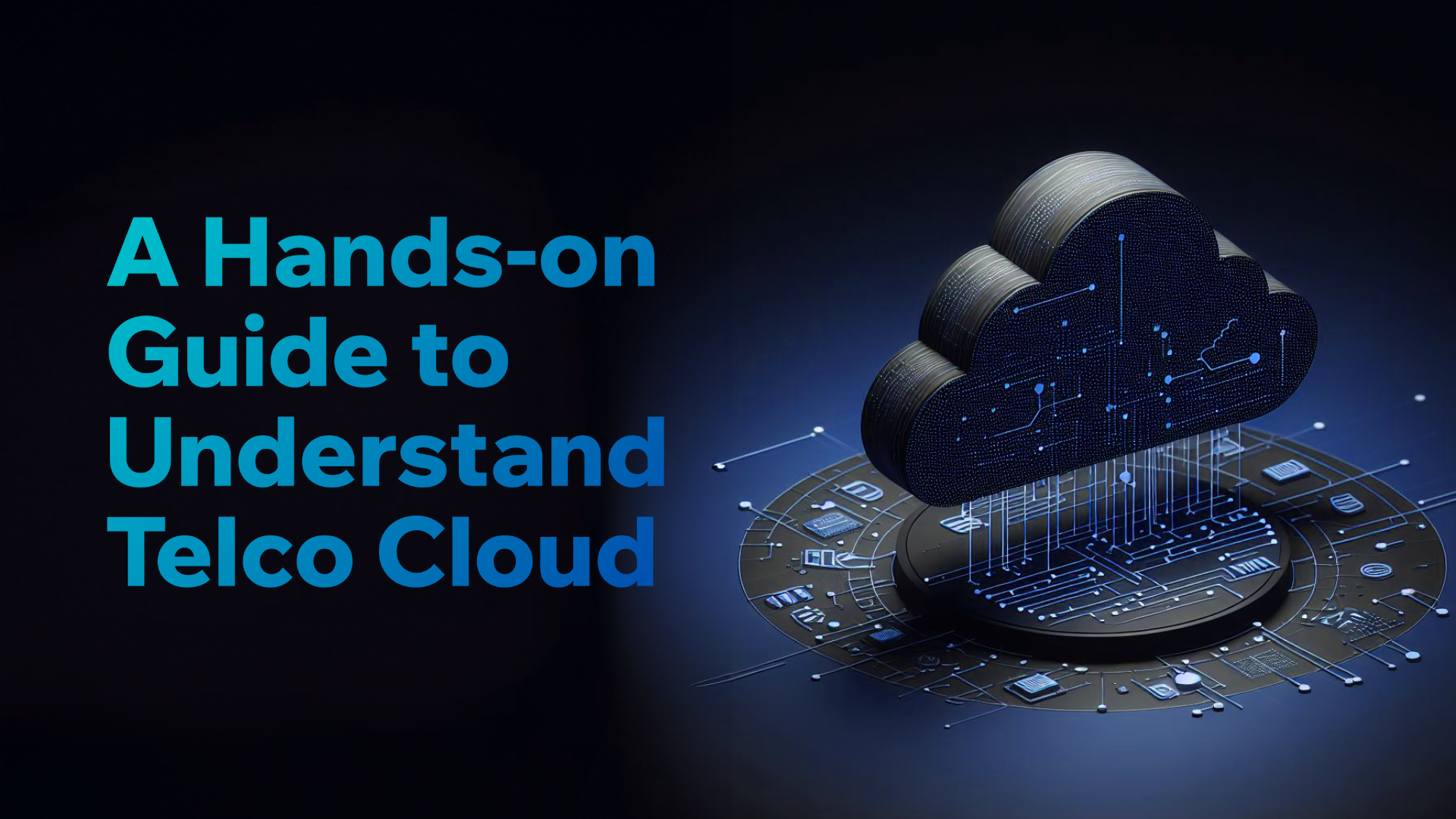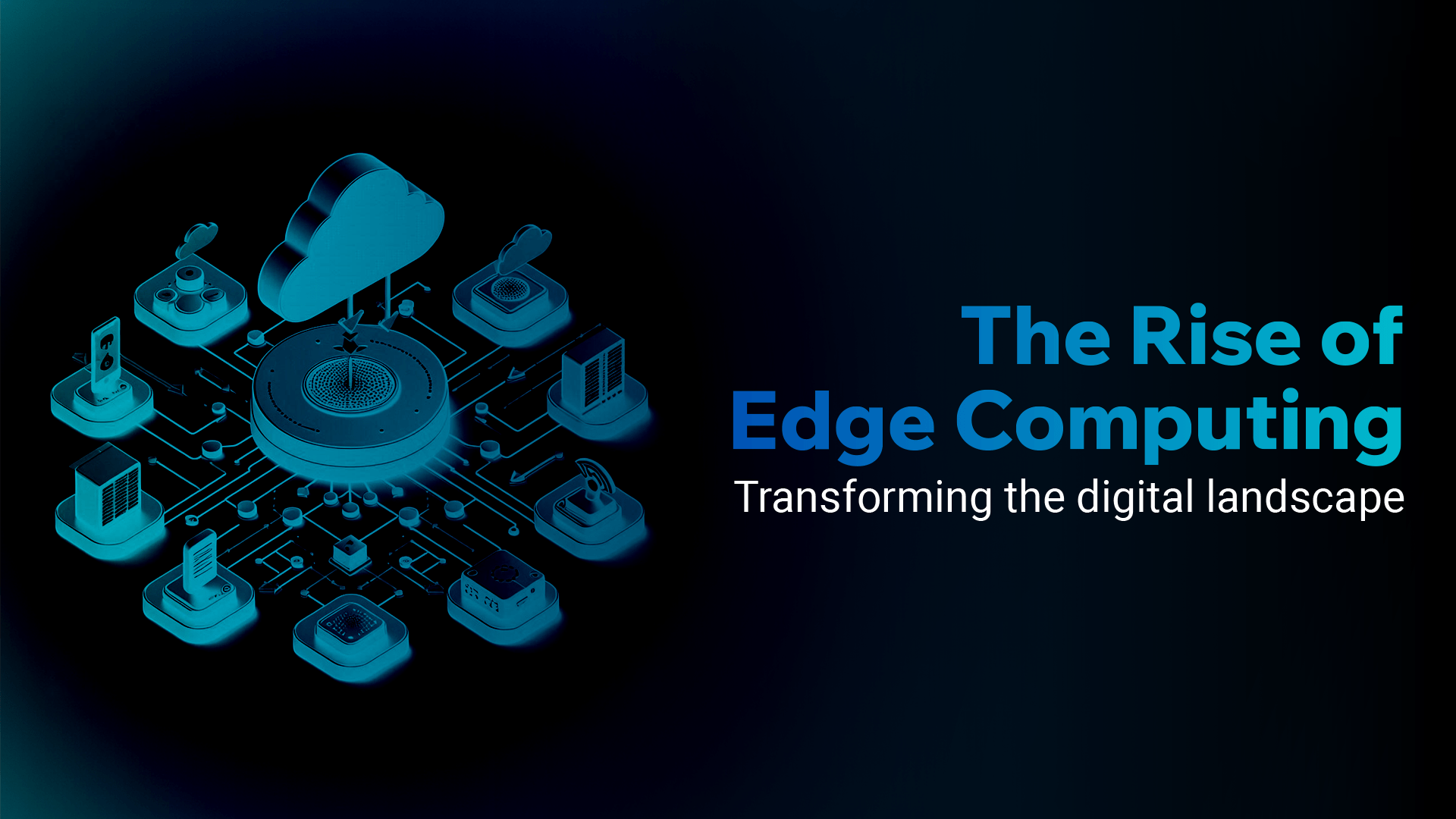
The Rise of Edge Computing: Transforming the Digital Landscape
As we move through 2024, edge computing is becoming a game-changer, transforming how we process data and deliver services. Let’s explore what edge computing is, why it matters, and how it’s reshaping our digital future. What is Edge Computing? Edge computing processes data closer to its source instead of relying on distant data centers. This reduces latency, optimizes bandwidth, and enhances real-time processing, crucial for applications requiring immediate responses. Why Edge Computing Matters Transformative Applications Future Trends Conclusion Edge computing is revolutionizing the digital landscape by bringing computation closer to where it’s needed, enabling faster, more efficient, and secure data processing. As technology advances, edge computing will continue to drive innovation, leading us to a smarter, more connected future. DCConnect are at the forefront of this transformation, leveraging edge computing to deliver cutting-edge solutions and services that meet the demands of o

